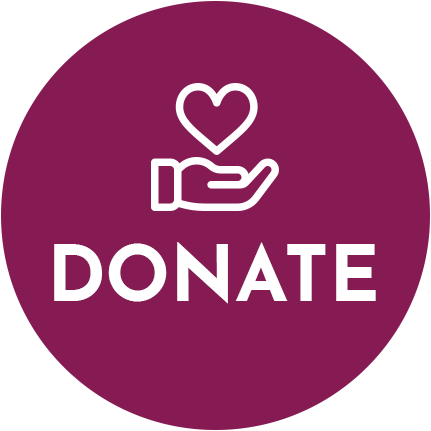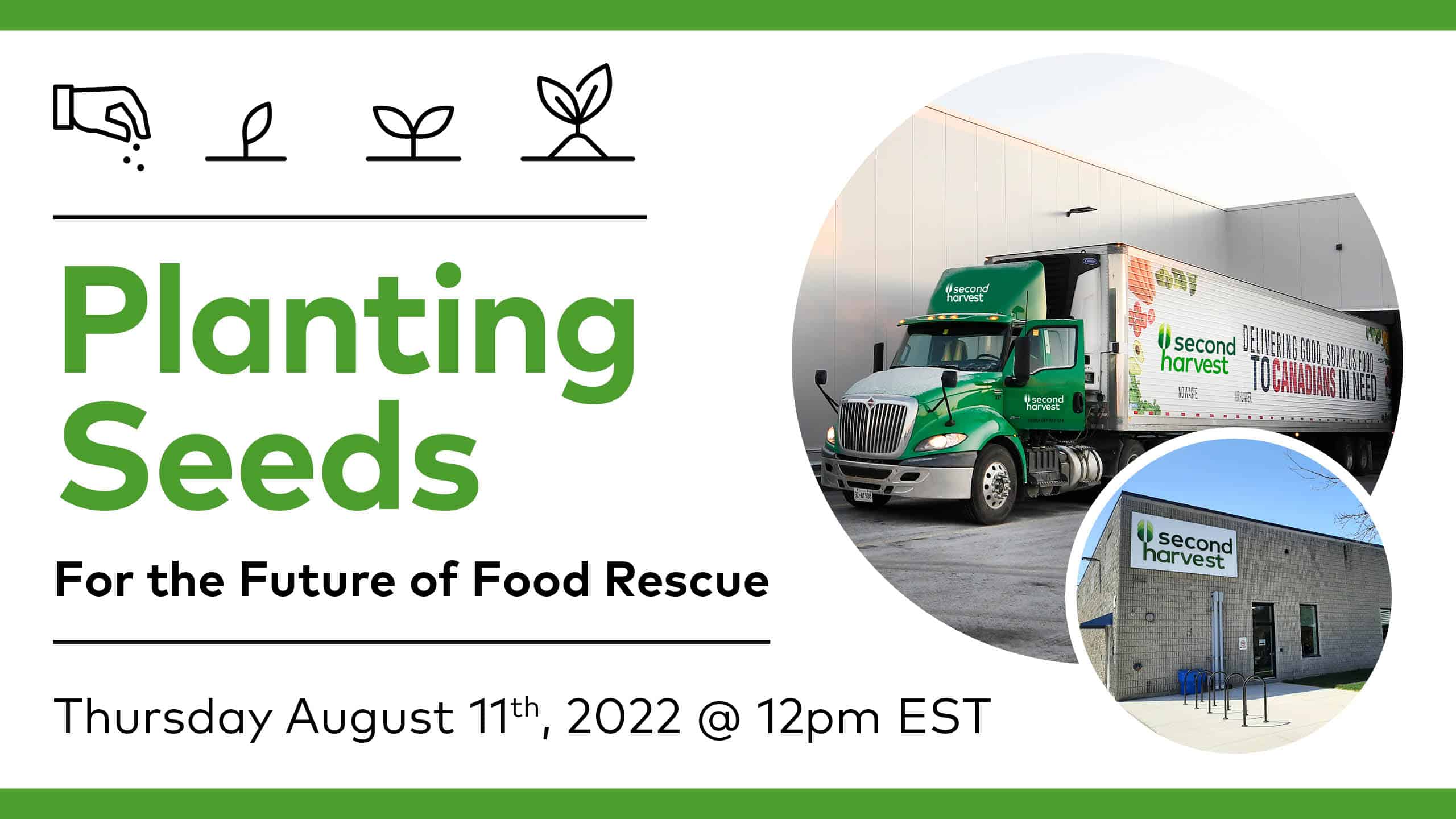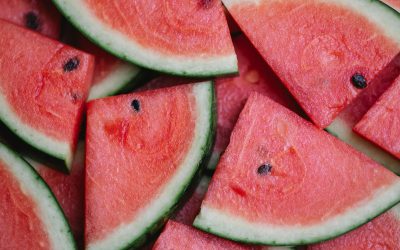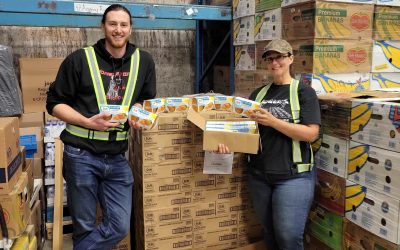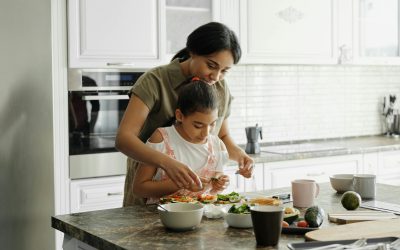Nationally, the need for food is growing rapidly. With increased demand due to the pandemic, along with soaring inflation rates and ongoing supply chain issues, the urgency to get good surplus food to those experiencing hunger is undeniable. This reality has not only made accessing food more challenging for people across the country, but it has also disrupted the ability of food rescue efforts to recover surplus food.
That’s where Second Harvest’s new warehouse, and the importance of a strong food recovery network, come in.
In February 2022 we said goodbye to our old office and moved into our new home. With only 500 square feet of fridge and freezer space to work with, our old warehouse was small but mighty and the impact we achieved through that location helped pave the way for our brand-new facility and the incredible growth and impact that come with it. In only a few months since we moved to our new facility, which offers 5,000 square feet of fridge and freezer space, we are already on track to rescue and redistribute more delicious surplus food than ever, and we’re only getting started.
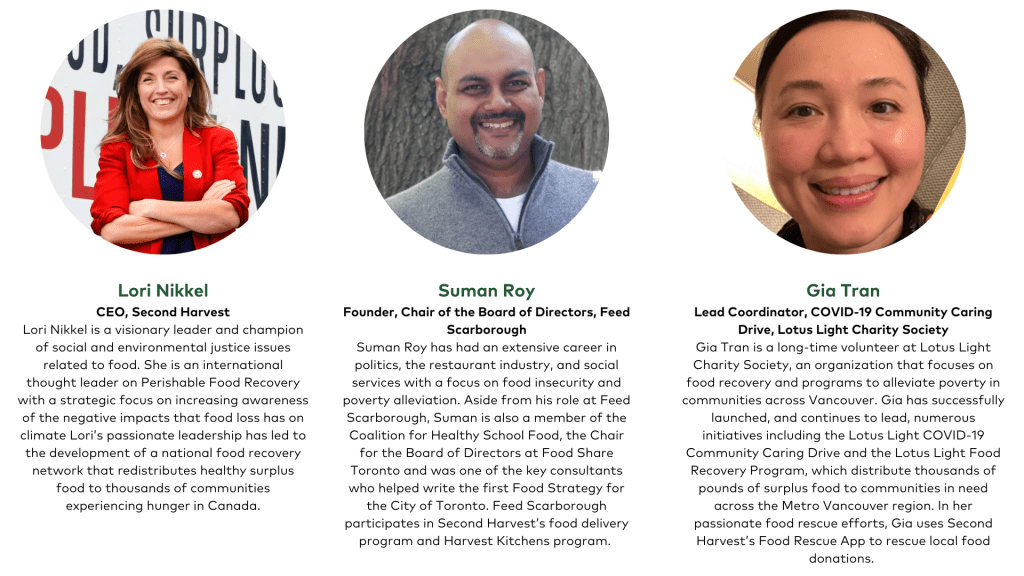
What is the current landscape of food rescue in Canada, and what are the challenges facing it?
To truly understand the state of food rescue in Canada, Second Harvest conducted world-first research illustrating the opportunities and current realities of food rescue through a trilogy of reports. The first of these reports, The Avoidable Crisis of Food Waste, found that 58% of all food produced in Canada (35.5 million tonnes) is lost or wasted throughout the supply chain, of which 32% (11.2 million tonnes) is avoidable and can be redirected to feed our communities. The second report, Canada’s Invisible Food Network, discovered that there is a massive but disconnected patchwork of over 61,000 agencies and organizations in Canada that provide food to people in need. The final report, Wasted Opportunity: Rescuing Surplus Food in a Throwaway Culture, established that 96% of surplus, edible food is not being rescued.
Together, these reports highlight a crucial opportunity. There is a tremendous amount of food out there that can be rescued – enough to feed every Canadian for 5 months! – but is instead ending up in landfills. Thanks to our expanded warehouse, and through the Second Harvest Food Rescue App, our ability to recover surplus edible food has greatly increased. The pandemic, inflation and supply chain issues continue to disrupt Canada’s food sector.
How has the need for food rescue grown over the course of the COVID-19 pandemic?
The rapid increase in need that has grown throughout the pandemic is undeniable, and at the local level it is unavoidable. According to Feed Scarborough, the demand for food has grown four times over the past two years. “There is no way that we would be able to support [this need] if it wasn’t for food rescue,” Suman Roy, Founder and Chair of the Board of Directors of Feed Scarborough said.
Earlier this year, Feed Scarborough joined Second Harvest’s Harvest Kitchens program, enabling the organization to provide healthy prepared meals to fulfill that growing demand and continue to respond to hunger in their local community.
The Lotus Light agency saw a similar increase in demand in Vancouver. “The need suddenly just… exploded! Maybe four times what we would normally see. Everyone’s suddenly saying ‘I need help,’” Gia Tran, Lead Coordinator of the COVID-19 Community Caring Drive at the Lotus Light Charity Society said.
Throughout the pandemic, Lotus Light was able to increase the amount of food it rescued through Second Harvest’s Food Rescue App, and hasrescued close to half a million pounds of food in the last two years alone.
“We’re just people in the downtown East side and none of us are paid, we don’t have a vehicle! We just have community, friends, neighbours, schoolteachers that say, ‘Hey I need to get involved”… you’re wondering how did we make it happen? We just did!”
— Gia Tran
Beyond the need for food rescue to respond to growing hunger across the country, food rescue is also helping food businesses. With growing awareness for sustainability and increasing Environmental Social Governance (ESG) goals, more food businesses are joining the Food Rescue App.
How does Second Harvest fit into the future of food rescue, and what can folks do at home to support?
A sustainable food rescue system enables the operations of social service programs and provides opportunities to reallocate funding. As Suman Roy highlights for Feed Scarborough, “with Second Harvest, all the fresh goods and everything that we get, we do not need to spend that money [on producing food] and can create better infrastructure. We have two trucks right now that we got, we have a walk-in freezer, a walk-in fridge, and we wouldn’t be able to do this without saving and supplementing with Second Harvest’s food rescue.”
Second Harvest alleviates the burden of the resources needed to procure the food for these programs, allowing the agencies to instead allocate their funding into the programs for which it’s intended or to expand their operations to serve more members of their communities.
“Food loss and waste is an environmental imperative. That was something people were not talking about even five or six years ago. They were not making the connection…Canada is warming up at a much faster rate than any other country in the world. Even though we’re huge with a small population, it’s going to impact us…Once we understand how all of these things are connected, then we can really mitigate this to some degree. If anybody is familiar with Drawdown, their number one way of managing this is managing food loss and waste. Agriculture is one of the biggest challenges to our climate crisis.”
— Lori Nikkel
Here are some resources to discover additional ways to prevent food waste:
- Read the research to understand the problem.
- Reduce food waste in your home. (Check out our article 10 Ways to Reduce Your Kitchen Food Waste and our Training and education Resources)
- If you are a food business, sign up for the Second Harvest Food Rescue App to donate your surplus food.
- Understand the difference between best before dates and expiry dates.
- Reach out to your government representatives – tell them that this matters!
“We are in a climate crisis. We are in a poverty crisis. We are in a food crisis. I don’t use the term ‘crisis’ lightly. This is going to impact us…government has a role to play but we are government. We’re the people. And we drive the change.”
— Lori Nikkel
Watch the entire panel discussion below:
Top Three Takeaways:
- We have the data, we just need to make the connections. With Second Harvest’s research trilogy, we know where food waste occurs across the food supply chain and have identified the invisible patchwork of community programs that are responding to hunger. To build a sustainable food recovery system, we just have to make the connections.
- Perishable food recovery is at the heart of making big impact. Not only does perishable food provide crucial nutrients to people facing hunger, but these donations enable our partner organizations to thrive and envision impact beyond hunger.
- The time for change is now. We are in challenging times as we face the climate crisis, poverty crisis, and food crisis, but together we have the power to create change.

